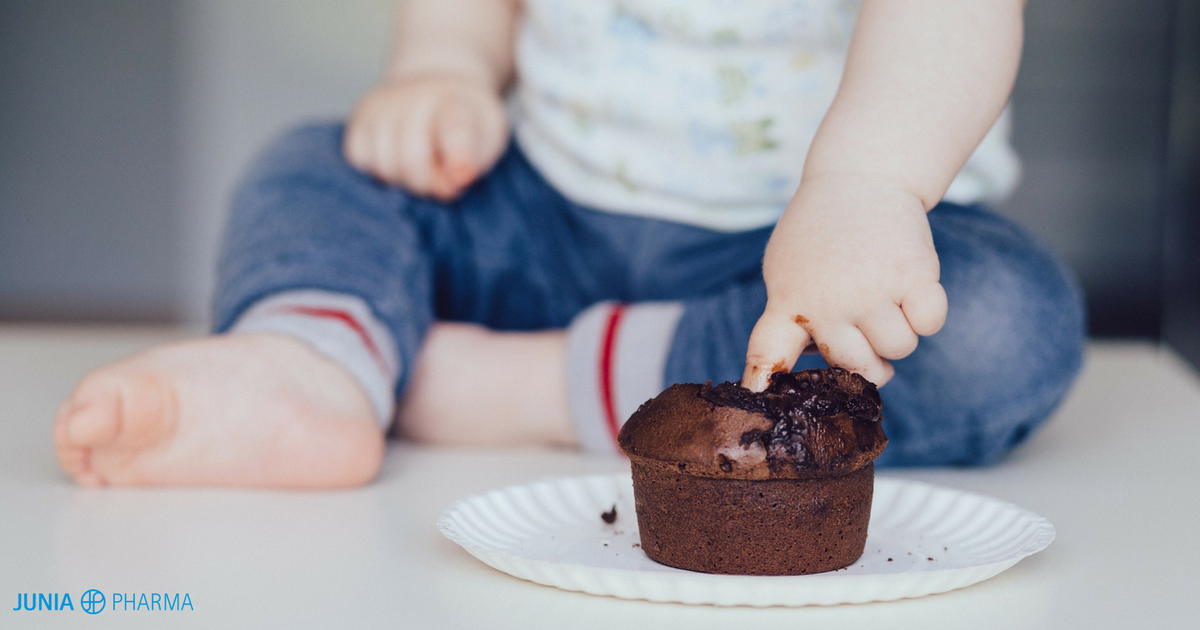
In recent years, we have heard more and more about self-weaning: how many mothers are really informed about the subject, or rather, how many are really able to follow this practice correctly in everyday life?
What does “self-weaning” mean and what does it entail?
First of all, let’s have some clarity: instead of self-weaning, it would be more correct to use the term “complementary feeding on demand” (CFD). If though it might sound complicated, the concept is simpler than you think. Basically, the child, starting from about the sixth month, starts to share the meal with his or her parents, choosing to taste the foods that are most appetizing or that he or she prefers, in complete freedom.
No more rigid pediatrician tables to follow, therefore, or foods introduced gradually over the months. The basic idea, very simple, is that the child should start to sit at the table and eat what the family members eat. According to experts, in fact, children are able to regulate themselves and eat what they need and parents, at this stage, only have to respect their pace.
When to start self-weaning
The next question is, okay, but who is going to tell me when to start self-weaning? The answer is simple: your child. And there is no precise age, as it depends on the development of the individual child: some may feel ready at 4 months, others at 6, others even later, around the seventh month. However, there are 4 main signs that it may be time to start setting milk aside:
- When the child is able to sit without help;
- When he or she loses the extrusion reflex that causes children to push out the spoon with their tongue;
- If he or she shows an interest in adult food;
- If he or she is able to communicate the sense of hunger and satiety with his gestures.
Be careful, however, self-weaning does not mean giving the child any food or that the child will eat everything right away. First of all, unlike classic weaning, feeds are not eliminated one at a time following a pattern. It is rather a gradual process: the child chooses (hence the term “complementary feeding on demand”) what to eat from the adults’ table starting with very small tastings, supplemented by the usual dose of milk, and then move gradually to increasingly varied and larger tastings, which will become small portions and finally full meals.
Self-weaning yes, but not for everyone
Goodbye baby food, rice cream and broths, if your child eats the same things as adults, mothers will no longer have to worry about preparing different meals at different times. That makes it all seem very simple. But properly following self-weaning is actually a commitment that involves the whole family. First of all, it is essential to follow a healthy diet based on the principles of balance, variety and moderation. In addition, one must be very careful to ensure the right supply of all nutritional components, because additional breastmilk or bottle is not enough to balance the diet. For this reason, it is advisable in any case to rely on the advice of a good paediatrician, to have precise indications in the preparation of a complete meal.
It is therefore clear that weaning is not for everyone and certainly requires more time, something that not all new mothers have – think for example of all women working outside the home. Therefore, if for various personal reasons it is not possible to follow this type of diet, it is better to rely on a balanced diet, following the meals recommended by pediatricians tables.
